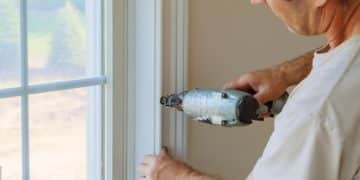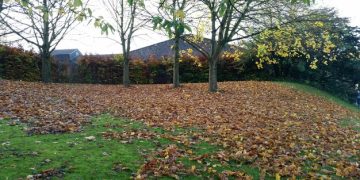Protect Your Home: Seal Cracks and Prevent Pests
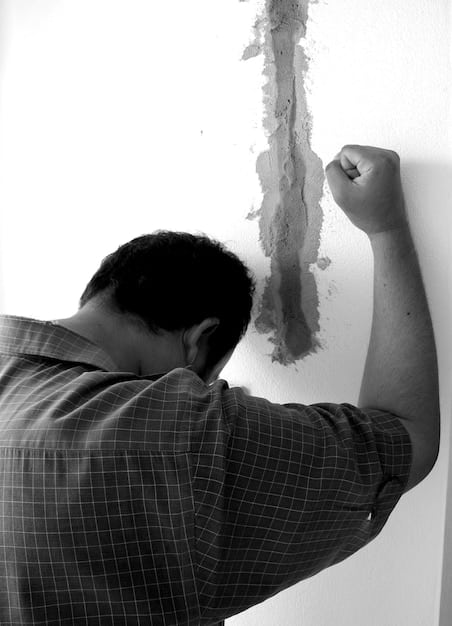
Protecting your home from pests involves sealing cracks and crevices to eliminate entry points, maintaining cleanliness, and employing preventive measures like professional pest control to ensure a pest-free environment.
Are pests invading your personal space? Taking measures to protect your home from pests: seal cracks and crevices and prevent infestations is the first line of defense. By identifying and sealing potential entry points, you can create a barrier that keeps unwanted guests out, ensuring a healthier and more comfortable living environment.
Why Sealing Cracks and Crevices is Essential
Sealing cracks and crevices is an essential step in preventing pest infestations in your home. It’s not just about keeping bugs out; it’s about maintaining the structural integrity of your property and ensuring a healthy living environment for you and your family.
Understanding Pest Entry Points
Pests, such as insects and rodents, need easy access to your home to thrive. Common entry points include cracks in foundations, gaps around pipes, and openings around windows and doors.
- Cracks in Foundations: Small fissures can quickly become highways for ants, spiders, and other insects.
- Gaps Around Pipes: Areas where plumbing enters your home are often poorly sealed, allowing pests to crawl through.
- Openings Around Windows and Doors: Worn weather stripping or loose frames create invitations for pests to enter.
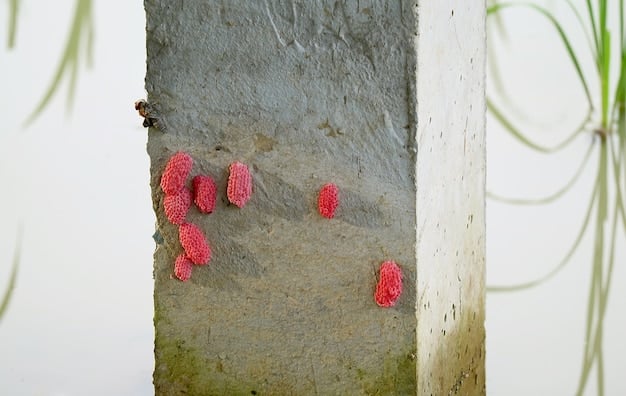
Ignoring these entry points can lead to a full-blown infestation, which is far more difficult and costly to manage. Investing time in sealing these openings is a proactive approach to pest control.
Identifying Vulnerable Areas in Your Home
Before you start sealing, it’s crucial to identify all potential entry points. A thorough inspection of both the interior and exterior of your home will help you pinpoint vulnerable areas.
Start by examining the foundation for cracks and crevices. Use a flashlight to check dark corners and hard-to-reach areas. Pay close attention to areas where pipes and wires enter the building, as these are common entry points. Inside the home, inspect windows, doors, and baseboards for gaps or openings.
Exterior Inspection Checklist
Inspect the exterior of your home for any cracks, holes, or gaps. Common areas to check include:
- Foundation: Look for cracks in the concrete or any openings around the base of the house.
- Windows and Doors: Check for gaps around the frames and ensure weather stripping is intact.
- Utility Entrances: Inspect where pipes, cables, and wires enter the house.
Interior Inspection Checklist
Inside the house, common entry points include:
- Kitchen and Bathrooms: Check around sinks, toilets, and pipes.
- Baseboards: Look for gaps along the baseboards, especially in older homes.
- Attic and Basement: These areas are often overlooked but can be major entry points for pests.
Identifying vulnerable areas in your home is the first step to prevent pests from entering, which will help you target your sealing efforts for maximum effectiveness.
Choosing the Right Sealing Materials
The effectiveness of your pest-proofing efforts depends largely on choosing the right sealing materials. Different areas of your home require different types of sealants to ensure long-lasting protection.
For small cracks and gaps, caulk is an excellent choice. It’s flexible, easy to apply, and provides a waterproof seal. For larger openings, you can use expanding foam, which fills gaps and hardens to create a solid barrier. Steel wool can be stuffed into larger holes to prevent rodents from gnawing through.
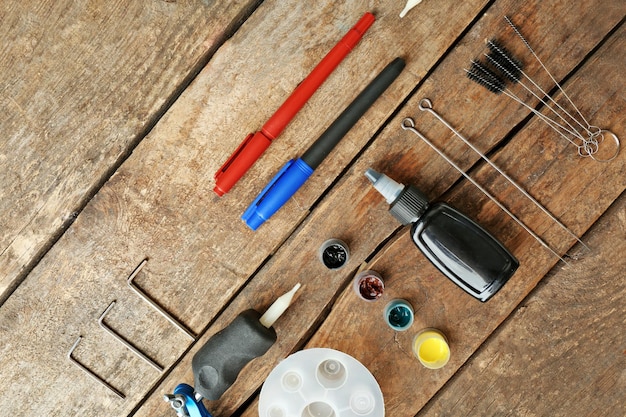
Recommended Sealants
Consider these options for various sealing needs:
- Silicone Caulk: Ideal for wet areas like bathrooms and kitchens, as it’s waterproof and mold-resistant.
- Acrylic Latex Caulk: Suitable for general-purpose use, easy to paint, and works well on wood and drywall.
- Expanding Foam: Best for filling large gaps and cracks, providing insulation and preventing pest entry.
Selecting the correct sealing materials guarantees that your efforts effectively block pest entry points, enhancing long-term protection for your house.
Step-by-Step Guide to Sealing Cracks and Crevices
Sealing cracks and crevices is a task that can be undertaken by most homeowners. With the right materials and a few simple steps, you can effectively pest-proof your home.
Begin by cleaning the area you plan to seal. Remove any dirt, debris, or old sealant. Apply caulk or expanding foam evenly into the crack or crevice. For larger holes, stuff steel wool into the opening before applying sealant. Allow the sealant to dry completely according to the manufacturer’s instructions.
Preparation
Before sealing, prepare the area to ensure a clean and effective seal:
- Clean the Area: Remove dirt, dust, and old sealant.
- Dry the Area: Ensure the surface is dry for better adhesion.
Application Techniques
Proper application techniques are essential for an effective seal:
- Caulk: Apply in a smooth, continuous bead.
- Expanding Foam: Use sparingly, as it expands significantly.
- Steel Wool: Stuff tightly into the hole before sealing.
Proper techniques are esential to sealing cracks and crevices and will help ensure a pest-proof home.
Maintaining Your Pest-Proof Home
Sealing cracks and crevices is an essential step to prevent pests from entering your house, but it’s not a one-time solution. Regular maintenance is crucial to ensure long-term effectiveness.
Inspect your home regularly for new cracks or damaged sealant. Repair any issues promptly to prevent pests from exploiting these vulnerabilities. Additionally, maintaining cleanliness and reducing clutter can further deter pests from taking up residence in your home.
Regular Inspections
Inspections should be a part of your home maintenance routine:
- Seasonal Checks: Inspect your home at the beginning of each season for newly formed cracks.
- Post-Weather Events: Check for damage after storms or other significant weather events.
Additional Preventive Measures
Combine sealing with other methods for comprehensive pest control:
- Cleanliness: Keep your home clean and free of food debris.
- Proper Waste Disposal: Ensure garbage is properly sealed and disposed of regularly.
- Professional Pest Control: Consider routine pest control treatments for added protection.
Regular inspections combined with proper waste management creates a pest-proof home by reducing vulnerabilities.
When to Call a Professional
While sealing cracks and crevices can effectively prevent pest infestations, there are situations where professional help is necessary. Knowing when to call a pest control expert can save you time, money, and unnecessary stress.
If you’re dealing with a persistent or severe infestation, it’s best to consult a professional. They have the expertise and tools to identify the source of the problem and implement effective solutions. Additionally, if you’re uncomfortable handling certain chemicals or dealing with specific pests, a professional can provide safe and reliable service.
Signs You Need Professional Help
Be aware of the signs that require professional involvement:
- Persistent Infestation: Recurring pest problems despite your efforts.
- Severe Infestation: Large numbers of pests present in your home.
Benefits of Professional Pest Control
Benefits of professional pest control companies are numerous:
- Expertise and Experience: Professionals are able to determine solutions for infestations you may not recognize, along with strategies to prevent future issues.
- Access to Treatments and Tools: Professionals have access to tools that may be hazardous if used incorrectly or without training.
Although some homeowners may be able to eliminate pests, there are times when a professional company is the best option.
| Key Point | Brief Description |
|---|---|
| 🚪 Identify Entry Points | Locate cracks, gaps around pipes, and openings around doors and windows. |
| 🛠️ Choose the Right Materials | Select caulk, expanding foam, or steel wool based on the size and location of the opening. |
| 🛡️ Seal Cracks and Crevices | Apply sealant evenly and allow it to dry completely. |
| 🧐 Regular Maintenance | Regularly inspect and maintain seals to ensure continued protection. |
Frequently Asked Questions
▼
Silicone caulk is ideal for wet areas like bathrooms, acrylic latex caulk is suitable for general purposes, and expanding foam is best for large gaps.
▼
It’s a good idea to inspect your home seasonally, particularly after significant weather events, to identify and address any newly formed cracks.
▼
Yes, pests like termites and rodents can cause severe structural damage by gnawing through wood and other materials, leading to costly repairs.
▼
When using pesticides inside, always follow the manufacturer’s instructions, use them sparingly, and store them safely out of reach. Professional pest control is often a reliable option.
▼
Additional measures may include maintaining cleanliness, proper waste disposal, removing standing water, and trimming vegetation around your home’s perimeter.
Conclusion
By taking proactive steps to seal cracks and crevices, you can significantly reduce the risk of pest infestations and create a healthier, more comfortable living environment in your house. Regular maintenance and additional preventive measures will further enhance your efforts, ensuring long-term protection for your home.

